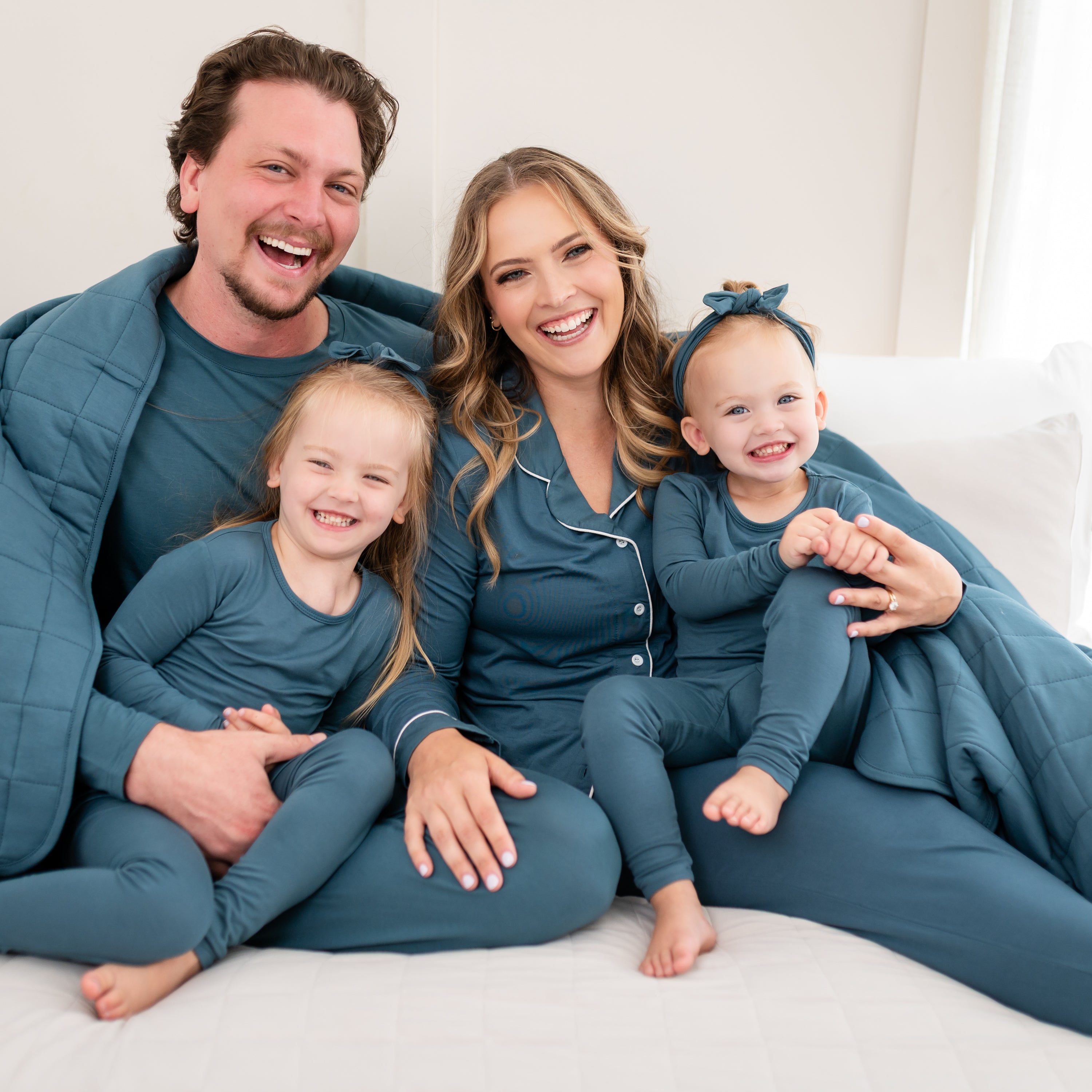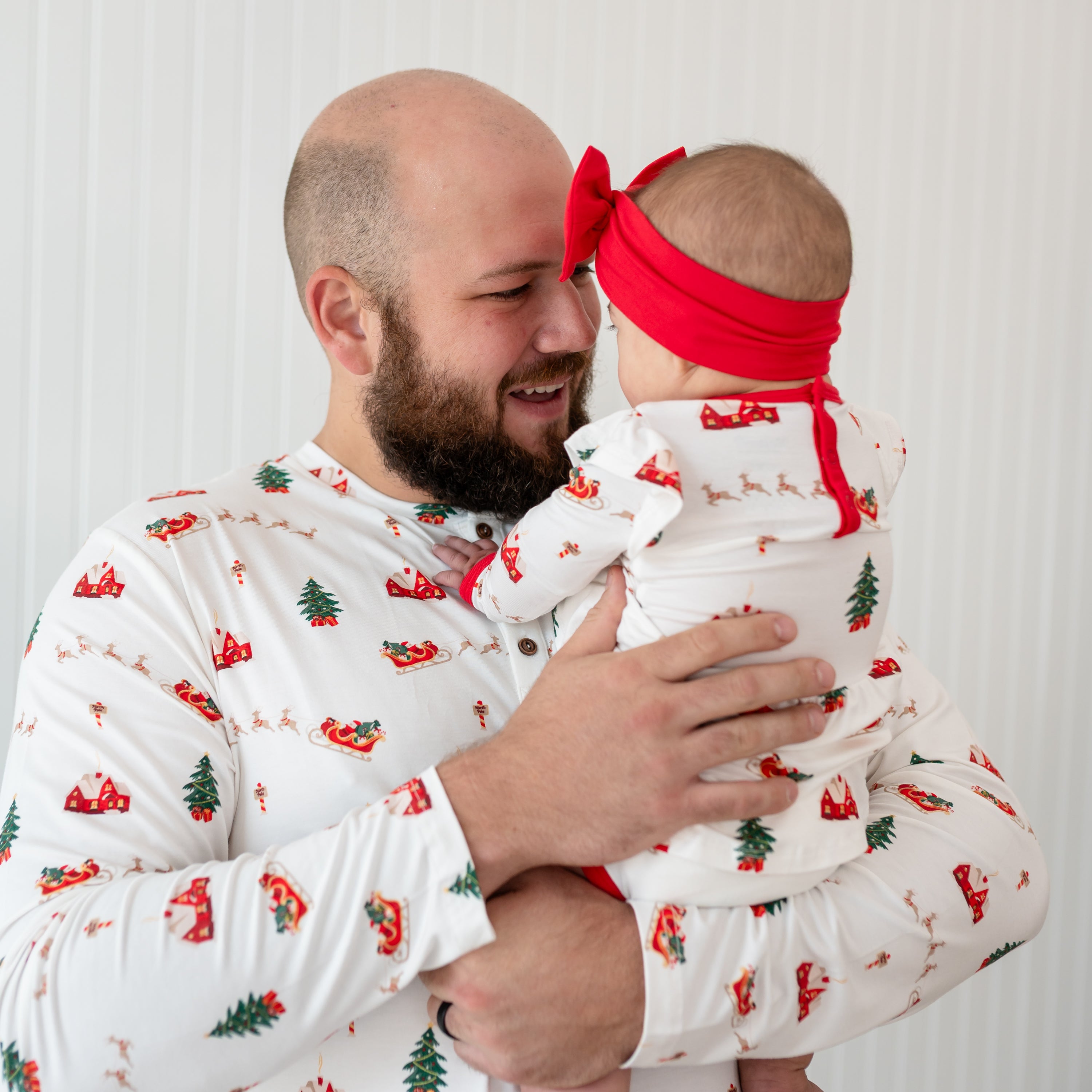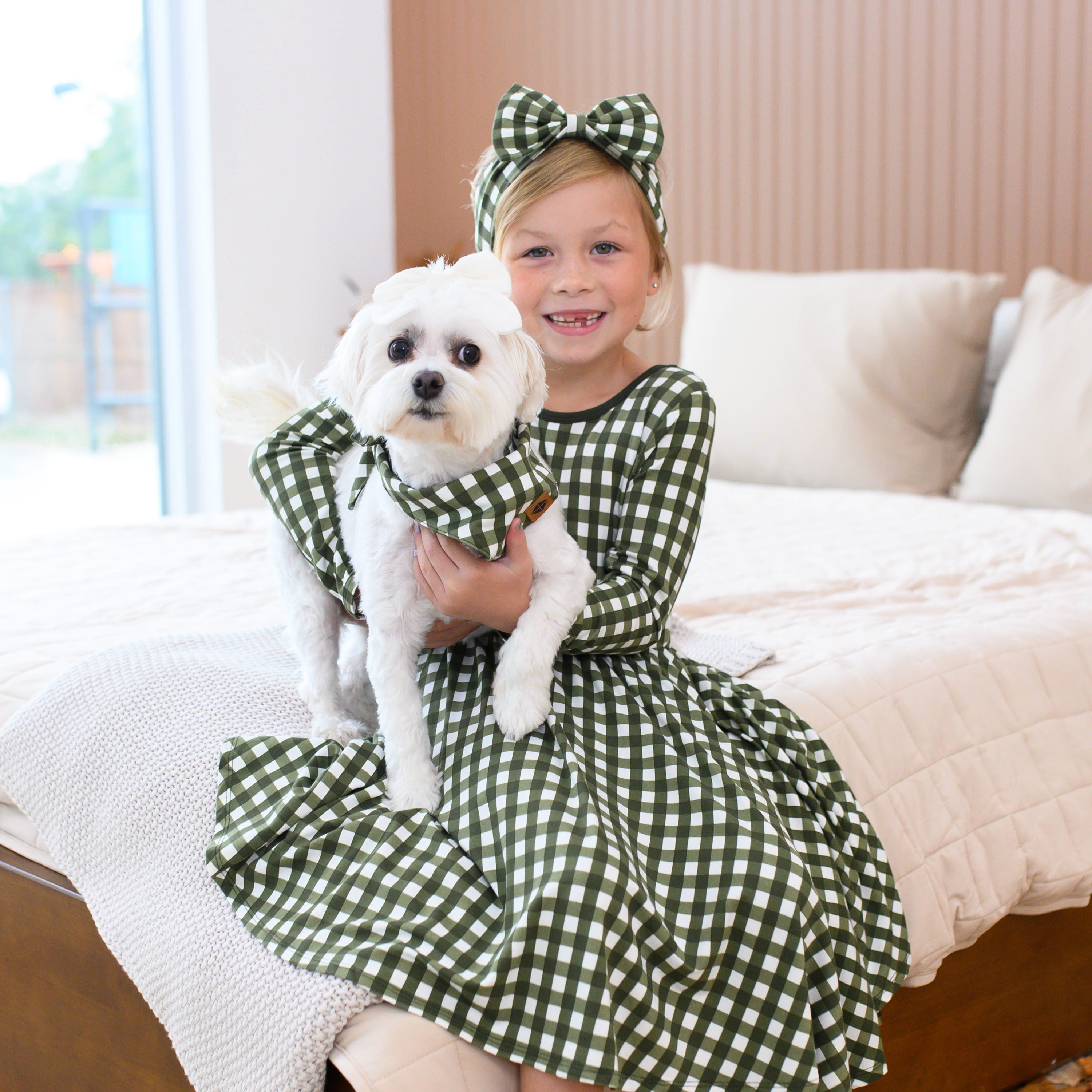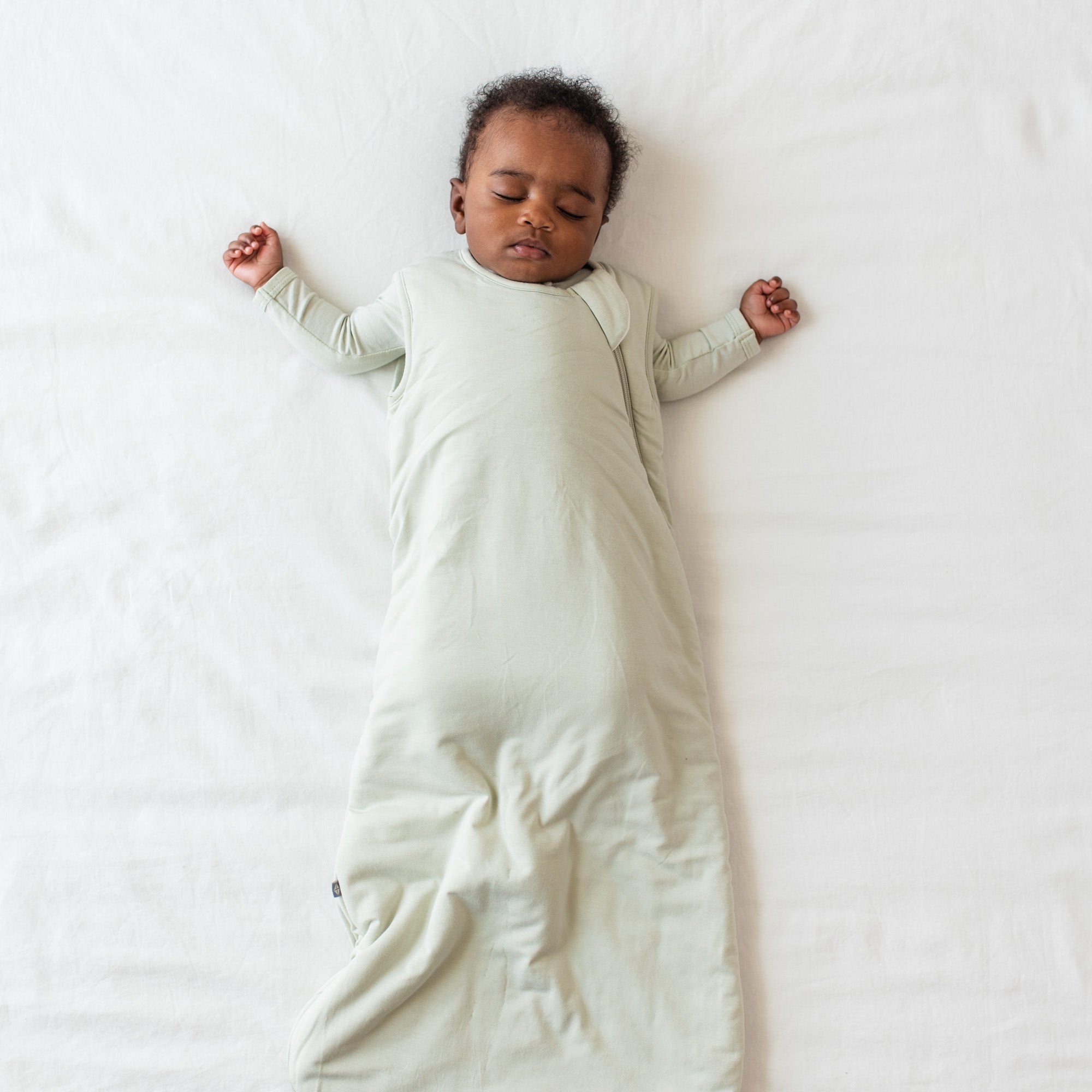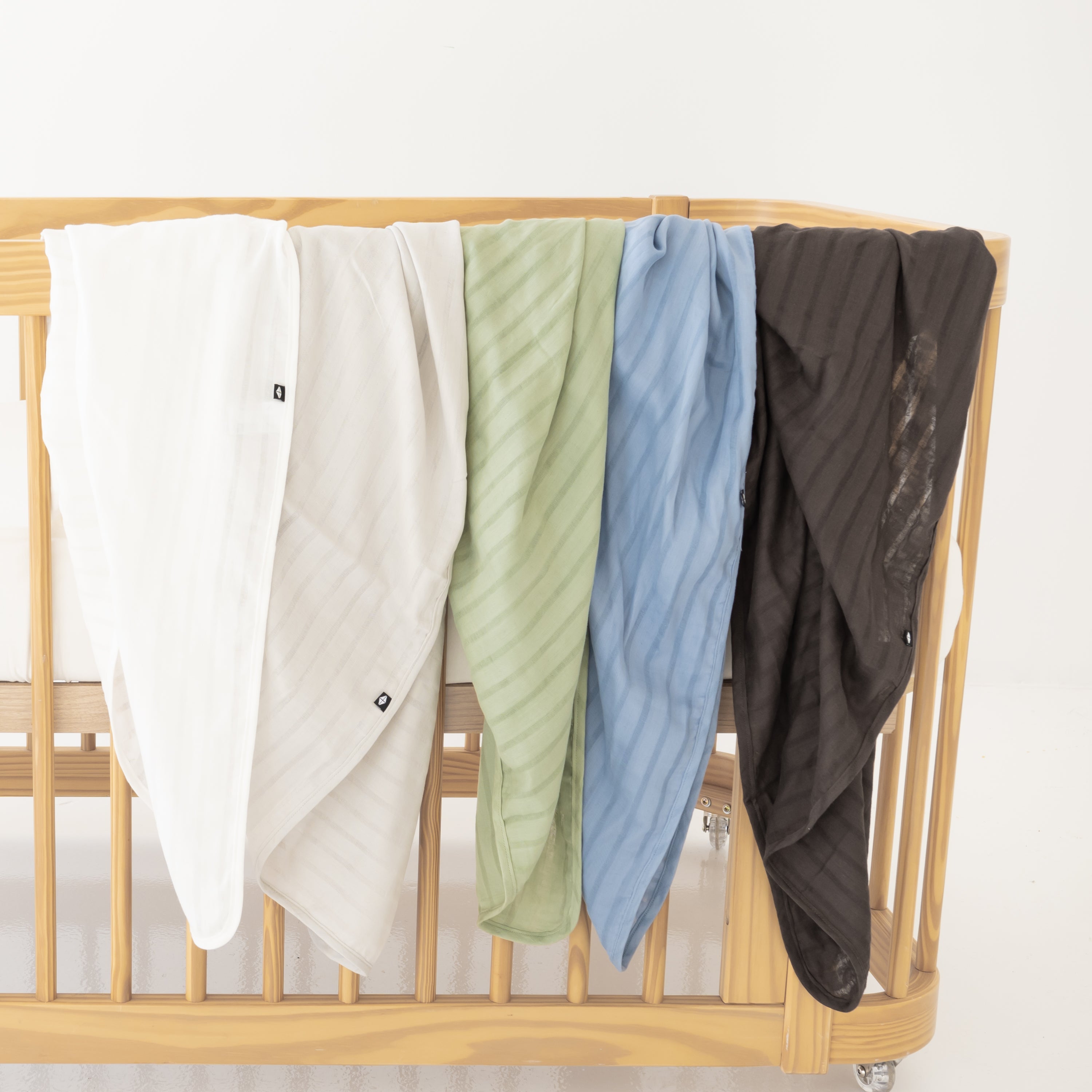The birth of a baby is nothing short of miraculous. Childbirth is one of the true wonders of the world, and it’s a beautiful, life-changing, awe-inspiring experience. Sure, moms have been giving birth since the beginning of human existence, but it doesn’t make it any less incredible.
My immediate thought once my daughter was born was, I did it. After laboring for hours upon hours, fighting through the intense pain that is crowning (hello, ring of fire), I gave the final push that brought my beautiful, perfect baby earthside. The first few moments were spent in complete awe. Awe at the baby crying in my arms, awe at myself for doing something so difficult, and awe at how empowered I felt. Then, the super dazzling magic of it all faded somewhat, and I became intensely aware of the other part of childbirth: postpartum recovery.
10 Helpful Tips for Postpartum Recovery
Postpartum recovery isn’t quite so magical. It’s messy, painful, and perhaps the rawest state a person can find themselves in. Although I was lucky enough to have a vaginal birth with no complications, the recovery period was still no walk in the park. Here are the things that helped me immensely at the time, the things I wish I’d known beforehand, combined with invaluable advice from other moms:
1. Get a Better Peri Bottle
You know when you have a cold and you can’t sleep because of congestion? As you’re laying in bed, acutely aware of how stuffy your nose is, you realize you took all the times your nose wasn’t blocked for granted. Peeing after delivery is something like that. It hurts. Think salt on a wound. It makes you long for all the days you could pee without pain.
Fortunately, the nurse taking care of you will provide you with a squeezy bottle filled with warm water, so you don’t have to wipe after using the restroom. Unfortunately, the bottle is just a regular ol’ squeezy bottle, and nothing more. You have to maneuver the bottle underneath you and squeeze the water upward. Gravity is working against you here, making it difficult to accurately spray yourself without getting water all over your hands.
FridaMom, being the geniuses that they are, have a peri bottle that is specifically designed to be used upside down. With an angled nozzle and multiple holes, the bottle acts like a gentle shower for your very tender private bits. Trust me, it’s a game-changer.
2. Learn to Love the Mesh Undies
Two words: disposable underwear. Made from a soft, stretchy, breathable netting, the mesh undies the hospital gives you after delivery are somehow a huge comfort during a fragile time. Your body after childbirth will feel so sore, tender, and almost broken.
Postpartum bleeding lasts around 6 weeks and you will have to wear giant maxi pads that are really just the icing on the cake for a not-good time. This magical disposable underwear somehow keeps these giant pads in place, while staying soft and stretchy enough to not put any pressure on your abdomen.
When I was in the thick of the baby blues, I made myself shower every day. Rinsing away all the sweat, blood, and grime (hey, I never said it was pretty) actually did help my mood. Being able to ball up the old pad and undies, throw the whole thing away, and put on a fresh pair felt good. I wore those mesh underwear for weeks, and I’m not ashamed to admit it.
3. Stock up on Nipple Cream
As if everything wasn’t already sore enough, your nipples will be dry, cracked, and irritated in the early days of nursing. Although they’ll eventually heal and toughen up, many new moms complain of sore nipples when getting the hang of breastfeeding.
In the meantime, get that nipple cream out and slather it on liberally, constantly. Most creams are made from lanolin, which doesn’t need to be washed off before your baby nurses. Diligently applying the cream can moisturize and help heal your nipples as quickly as possible, so that you can feed your baby without pain.
4. Not All Nursing Pillows Are Created Equal
If you feel awkward while breastfeeding your newborn, you aren’t alone. When I was trying to figure out how to hold my baby to nurse properly, it felt like my arms were always in an uncomfortable position. Mamas who deliver their babies via C-section may find nursing extremely difficult due to the pressure put on their incisions when holding their babies. This is where a nursing pillow can be very helpful.
I had a Boppy nursing pillow waiting for me when I got home from the hospital, and it made breastfeeding so much easier. However, some C-section moms find the My Brest Friend nursing pillow to be better because it has a flat, shelf-like surface, and clips around your entire body, supporting various nursing positions. That being said, everyone has different preferences, so you won’t know what works for you until you try it. If it’s within your budget, you might want to consider getting multiple nursing pillows for that reason.
5. Ask for a Donut Pillow
Before you leave the hospital, ask if they can provide you with a donut pillow, a ring-shaped cushion that allows you to sit comfortably without pressure on your lower parts. Even though childbirth brings you a super cute baby, it also can bring not-so-cute things like major swelling, hemorrhoids, and even a broken tailbone. All these things make sitting down very uncomfortable, and a donut pillow alleviates some of that discomfort. Get the pillow, and thank me later.
6. Prepare For That First Postpartum Poop
Few things are quite as daunting as your first poop after giving birth. When everything is sore down there, and especially if you had to have stitches, the idea of pushing anything else out of your body is unpleasant. However, there are several things you can do to make that first poop a little less scary. Stool softeners, prune juice, and milk of magnesia can all be requested at the hospital. If you don’t want to take any chances, ask for all three.
7. Sitz Baths Are Your Friend
By the time you leave the hospital, you’ll be well-acquainted with Tucks pads and lidocaine spray. You’ll continue using them at home, but another thing that should be a part of your postpartum care routine is sitz baths.
A sitz bath is a warm, shallow bath for your perineal area, which promotes blood flow and helps things heal faster. Fill the tub with just about 3 to 4 inches of warm water, and soak your perineum for 15 to 20 minutes. No bathtub? No problem. There are many sitz bath basins available that are designed to fit over your toilet!
8. Find the Perfect Pair of Pajamas
I can’t stress this enough—get a pair of super comfortable pajamas that you can easily breastfeed in, and pack them in your hospital bag. You will live in these pajamas for at least a week. When life has completely changed as you know it, a super soft, cozy pair of PJs is more comforting and grounding than you’d think. You want something that’s comfortable to sleep in and that’s also easy to breastfeed in.
Kyte BABY’s long sleeve pajama set is made from bamboo, which offers more benefits than cotton fabric. Luxuriously soft, moisture-wicking, naturally antibacterial, with a button down front, these pajamas are pretty much everything you could hope for.
If you want something more loungewear-like and less pajama-like, this lounge dress doubles as both. Wearing a dress instead of regular pajamas may be more ideal for moms who are recovering from a C-section, since there’s no waistband to put any pressure on their incision.
9. Use Reusable Nursing Pads
Disposable things, while terrible for the environment, tend to make your life a lot easier with the convenience of being able to simply throw them away after use. When it comes to breast pads, disposable is not easier and you will be a lot better off (and feel good about not adding to landfills!) using reusable ones.
Not all moms leak breastmilk, but I did. A lot. In the first few months, my breasts leaked even when I wasn’t actively nursing my baby. There were many nights that I woke up with my shirt soaked with milk, despite wearing breast pads. These reusable nursing pads from Kyte Baby are made from soft, absorbent bamboo fabric that is soothing on sensitive nipples and effective at absorbing leaks all day and night.
10. Find a Stretchy, Well-Fitting Bra
Whether you plan to breastfeed or formula feed, your breasts will feel tender, engorged, and hypersensitive after birth. Even if you were able to get away with wearing your old bras during pregnancy, postpartum requires something softer and stretchier that won't cause irritation or clogged ducts. Stay far away from underwire and invest in a soft cross-front bra that you can pull aside for easy, convenient nursing access or a nursing bra with clips that offers more support but is still comfortable for your changing body. This line of intimates from Kyte Baby is made from a proprietary blend of chitosan and bamboo rayon that's ultra soft, ultra smooth, super breathable, and antimicrobial to provide comfort and relief.
It’s important to remember that even if you have a standard delivery with no complications, your body has still just been through major trauma. There’s a wound the size of a dinner plate in your uterus, where your placenta once was, and recovery involves a lot more than just stitches along your perineum or bikini line.
Although many feel recovered by the 6-week mark, it takes much longer for many others. Even if you follow all the tips I listed above, the best thing you can do for your body is to eat well, rest, and give yourself a break. The postpartum period is rough, and navigating a brand new life with a newborn is challenging both physically and emotionally. The good news? You will heal, you will get the hang of it, and you will absolutely rock parenthood!













